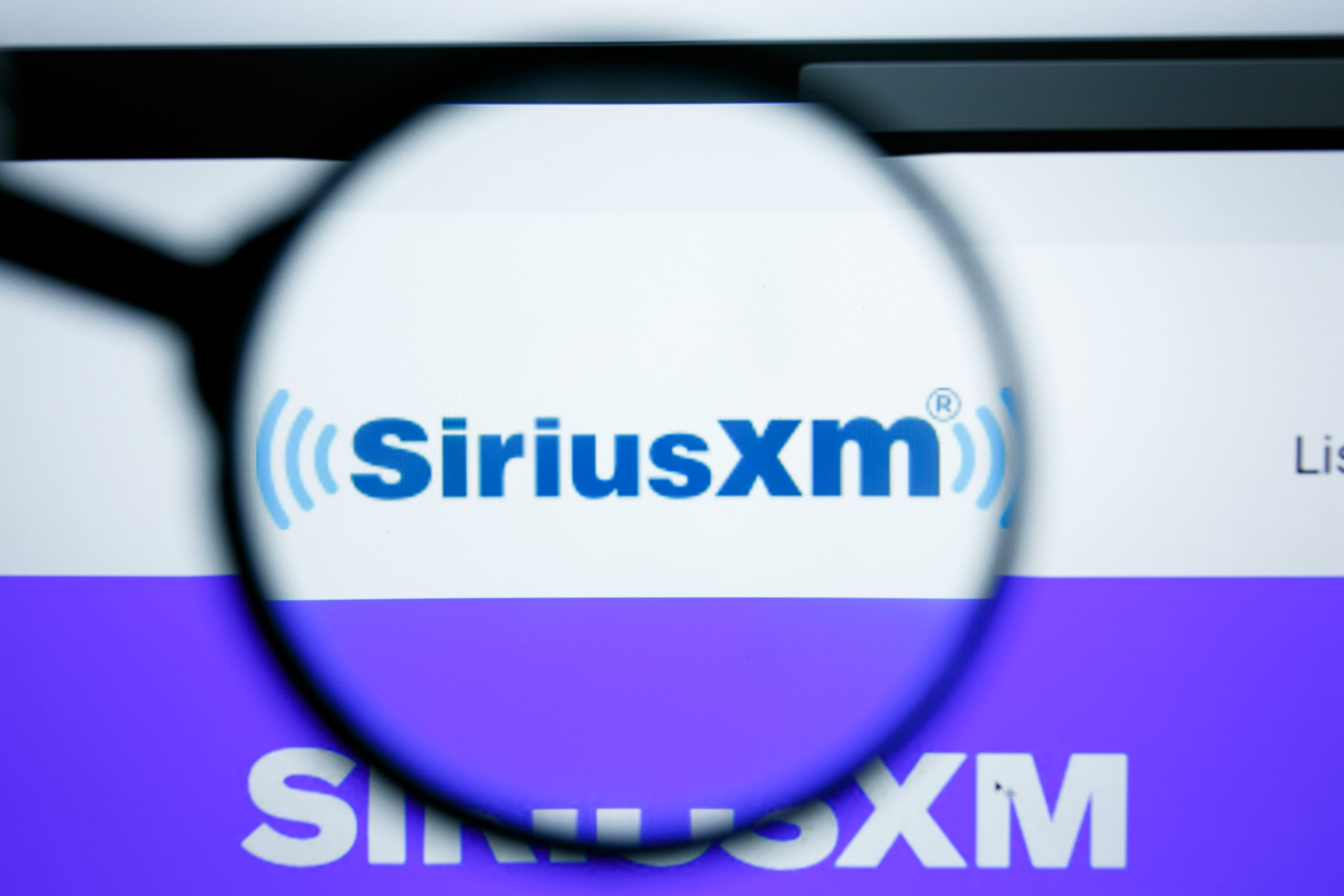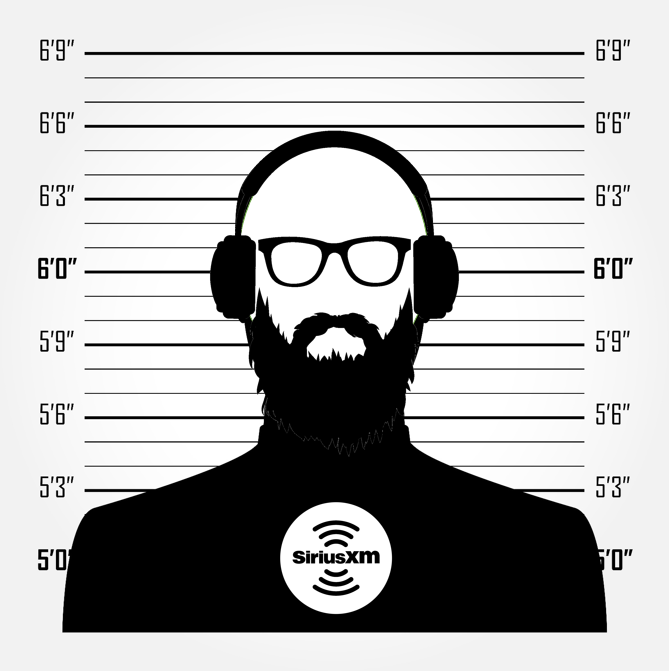by
Source: jacobsmedia.com, January 2022
In business, in sports, and in life, there are bad days, colored by dumb, ill-thought decisions. They happen so often we have lot of different terms to describe them – some discreet but others that go cruelly to the point.
Screwups, unforced errors, snafus, debacles, dumpster fires, train wrecks, and unmitigated disasters all come to mind. The aforementioned embarrassments happen to all of us at one time or another, even when intentions are the best and our effort is unquestionable. It’s a shame when mistakes happen, but they do.
But then there’s another whole class of bonehead moves. Those happen when we take out a gun and shoot ourselves in the foot.
It’s painful when this happens, especially to someone or something you care about.
Like broadcast radio here in the States.
5 Podcasts Ideas for Radio Broadcasters
How can your radio station get started in podcasting? Watch our webinar for ideas.
I’m at CES this week, immersed in a world of innovation and technological change. For the most part, radio is nowhere to be seen. It’s a world of AI, AR and VR, autonomous and electric vehicles, flying cars, robots, and other amazing inventions and devices that may become a part of our lives before too long. And radio broadcasters – already disrupted and fragmented – will have to deal with an array of new competition.
But as broadcasters often tell me, many of these advancements will take years to achieve meaningful scale. And those who are in the autumn of their careers quietly remind anyone who will listen that they’ll be on a golf course or a fishing pond by the time these techie chickens come home to roost – way off in a distant future. It will be someone else’s problem.
But there’s the here and now – not 2025 or 2030. Last week, to be exact. So, ask yourself why the radio broadcasting industry would knowingly aid and abet a fierce competitor that is a stone cold threat – right now today?
Of course, I’m talking about SiriusXM – satellite radio.
In case you missed it, Inside Radio reported yesterday that during the week of December 27th through January 2nd, the #1 advertiser on U.S. radio airwaves was iHeartMedia, running boxcars of promos for their awards show and music festival. To be more precise, Media Monitors calculated they ran more than 70,000 promos across their 860 station portfolio.
But the headline of the story said it all:
“Sleeping With The Enemy: SiriusXM Now a Top 10 Advertiser”
That’s right – for the aforementioned week, satellite radio ran 33,794 spots for their “The Home of SiriusXM” campaign, vaulting them into the top 10 – for the first time ever. The ads position the satellite radio brand as a “live entertainment destination.” And they ran this message on broadcast radio stations all over the country to prove their point. After all, if you want to make a bombastic claim, make it on the medium where you’re going to have the greatest impact.
Now over the past few years, our Techsurveys – conducted among mostly radio fans – have proved that SiriusXM is broadcast radio’s biggest challenger. When a consumer decides to subscribe – or gets a free trial of SiriusXM when they buy or lease a new vehicle – the impact on AM/FM radio is almost always negative.
The chart below from Techsurvey 2021 fielded at this time last year is a statistical cautionary tale. It shows that among those subscribe or who are enjoying a free ride of SiriusXM, more than four of every ten say they’re spending a little or lot less time with broadcast radio. By the time we net out those who actually increase their AM/FM, we show a net loss of 33%. In other words, serious damage when even fervent radio listeners experience satellite radio:

Why does this happen? We surmise a few things.
First, many people have never had satellite radio. So when they get it free with a new vehicle, they pig out on the content. Let’s not forget the music channels are commercial-free, numerous, and more and more feature strong air talent. Second, satellite radio is the most similar to broadcast radio. You preset their stations in the car in the same way, and they are formatted much like broadcast stations. Maybe that’s also because they’re programmed mostly by radio ex-pats.
And SiriusXM has made it clear they’re gunning for terrestrial radio listeners. In a quarterly call to explain the company’s financial progress way back in 2016, then-CEO Jim Meyer (pictured) gave the investment community the straight shot about his company’s position versus broadcast radio:
(pictured) gave the investment community the straight shot about his company’s position versus broadcast radio:
“Terrestrial radio is still the 800-pound gorilla in the room.”
The year before SiriusXM EVP/CFO David Frear used similar language at a Bank of America get-together:
“So terrestrial to me looks like a very healthy business. [But] to you guys, it probably doesn’t look that way, because there is leverage that a couple of [the radio companies] have. They’re not great equity stories, with no real growth at the topline. But (radio) is overwhelmingly where people who leave our service go.”
Frear also noted that when consumers tune out satellite radio, they “aren’t going to the streaming players, they’re going back to listen to AM/FM radio…They’re the 800-pound gorilla.”
 There’s that metaphor again – a sure sign SiriusXM views its AM/FM competitors as the only thing between their brand and radio dominance.
There’s that metaphor again – a sure sign SiriusXM views its AM/FM competitors as the only thing between their brand and radio dominance.
So, why on earth would a broadcast radio sales team open its doors to AM/FM radio’s treasures?
It’s not the first time. I got into it nearly two decades ago with a well-known corporate chieftain who was happily taking fistfuls of dollars from either Sirius or XM for spot schedules (the two companies were separate entities back then). I was working for a number of stations in his company, and was hearing these spots on a frequent basis. And they just sounded wrong.
I got my chance during a call when he and I had other business to discuss. We talked through the agenda issues, and in the time remaining, I asked him the question: “Why are you running their ads on your air when you know they’re courting your audience?”
And he looked me in the eye and said, “Fred, you and I both know they won’t be around for long. I’d be a fool not to take their money.”
Here we are in 2022, and Sirius/XM hasn’t gone anywhere. And they’re a bigger threat to AM/FM radio than podcasts, Spotify, TikTok, YouTube, or Twitch. Now it’s true all these platforms and brands (and many others) are erosive in some way to broadcast radio listening. But none is as toxic as satellite radio.
Back in 2020, I wrote a blog post titled, “10 Reasons Why SiriusXM Is Broadcast Radio’s Public Enemy #1.” I went point by point to walk down the list of immutable reasons why satellite radio is radio’s biggest threat. Nothing has changed in the 18 months since. If anything, SiriusXM has gotten stronger, sounds better, and is being programmed more strategically. As broadcast radio sputters, satellite radio is improving its product and its service with each passing season.
radio’s biggest threat. Nothing has changed in the 18 months since. If anything, SiriusXM has gotten stronger, sounds better, and is being programmed more strategically. As broadcast radio sputters, satellite radio is improving its product and its service with each passing season.
And now, thanks to the need to rake in a little more cash at the end of a trying year, radio is making it even easier for its top competitor to have their way with its most precious possession – the audience.
To add insult to self-inflicted injury, SiriusXM made their buy on what is the slowest week of the year. You have to believe they got one helluva great rate on this campaign, guaranteeing impressive reach and frequency – all at broadcast radio’s expense.
I can picture jubilant salespeople high-fiving each other and banging the gong in celebration over this impressive buy.
And I can also picture the corporate honchos at SiriusXM laughing at how easy it was to fish in radio’s rich pondful of listeners.
That buy that vaulted satellite radio into the Top 10 shortsightedly may have helped cap a challenging Q4, while it got the new year off to a fast start.
But at what cost?
It is significant that satellite radio just celebrated its 20th anniversary.
How long will it take for radio broadcasters to figure out what’s really going on here?
How many times can you shoot yourself in the foot before you’re crippled?
Even when you’re an 800-pound gorilla.

